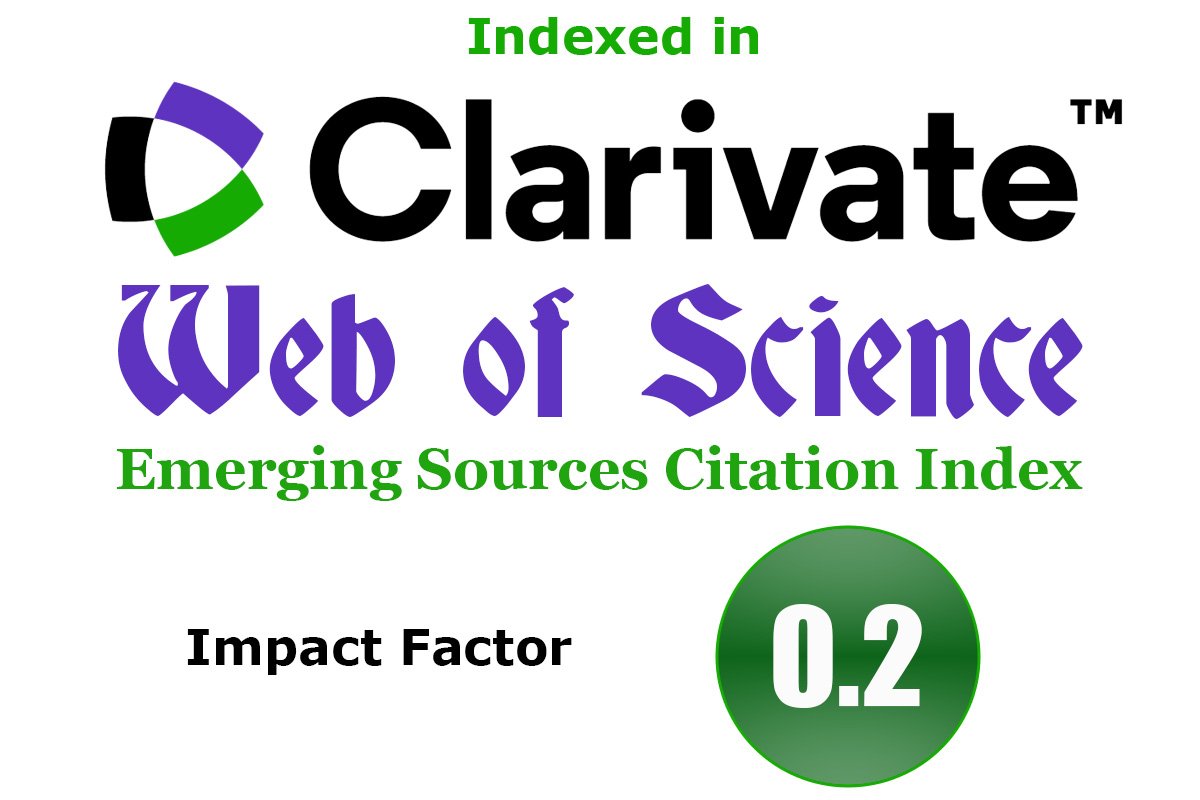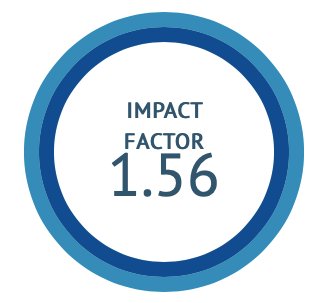Exploring the Antidiabetic and Antioxidant Potential of Celastrus paniculatus Roots Extract: Insights from preclinical studies
DOI:
https://doi.org/10.47552/ijam.v16i1.5250Keywords:
Diabetes Mellitus, Celastrus paniculatus, Hyperglycemia, Streptozotocin, Oxidative damageAbstract
Background: Diabetes mellitus is a metabolic disorder that results from elevated blood glucose and reduced starch intake capabilities. Acute hyperglycemia has implications that entails renal deficiencies, neuropathy and even raised cardio vascular risk with long standing hyperglycemia. Objectives: The purpose of this study was to assess the Antidiabetic and Antioxidant Potential of Celastrus paniculatus Roots Extract. Material and Method: Wistar rats were fed with High fat diet for 2 weeks and on the 15th day they were injected intraperitoneal with streptozotocin (35 mg/kg) and the rats were treated with Celastrus paniculatus (150mg/kg, 250 mg/kg and 300mg/kg) and metformin (10 mg/kg) until the 28th day. The intraperitoneal glucose tolerance test and insulin tolerance test were performed on the 28th day. Furthermore, dynamic blood sugar and lipid metabolism were assessed by measuring fasting blood glucose, fasting insulin, total cholesterol, and triglyceride concentrations. Results: Both metformin and MECP showed considerable depletion in the plasma glucose levels when used in the treatment of animals with T2DM. In the same context, the present work revealed that Celastrus paniculatus has hepatoprotective effect as observed by a significant decrease in the liver markers of oxidative stress and levels of serum liver enzymes (ALT and AST) that help in sustaining of β cells. Based on these results, CEPC has the prospect of exhibiting antioxidant and antidiabetic properties and has the possibility of addressing the issue of diabetes mellitus before its occurrence. Conclusion: Therefore, the result of this study suggests that Celastrus paniculatus has Antidiabetic and Antioxidant Potential against T2DM.
Downloads
Published
How to Cite
Issue
Section
License
Copyright (c) 2025 International Journal of Ayurvedic Medicine

This work is licensed under a Creative Commons Attribution-NonCommercial-ShareAlike 4.0 International License.
The author hereby transfers, assigns, or conveys all copyright ownership to the International Journal of Ayurvedic Medicine (IJAM). By this transfer, the article becomes the property of the IJAM and may not be published elsewhere without written permission from the IJAM.
This transfer of copyright also implies transfer of rights for printed, electronic, microfilm, and facsimile publication. No royalty or other monetary compensation will be received for transferring the copyright of the article to the IJAM.
The IJAM, in turn, grants each author the right to republish the article in any book for which he or she is the author or editor, without paying royalties to the IJAM, subject to the express conditions that (a) the author notify IJAM in advance in writing of this republication and (b) a credit line attributes the original publication to IJAM.




